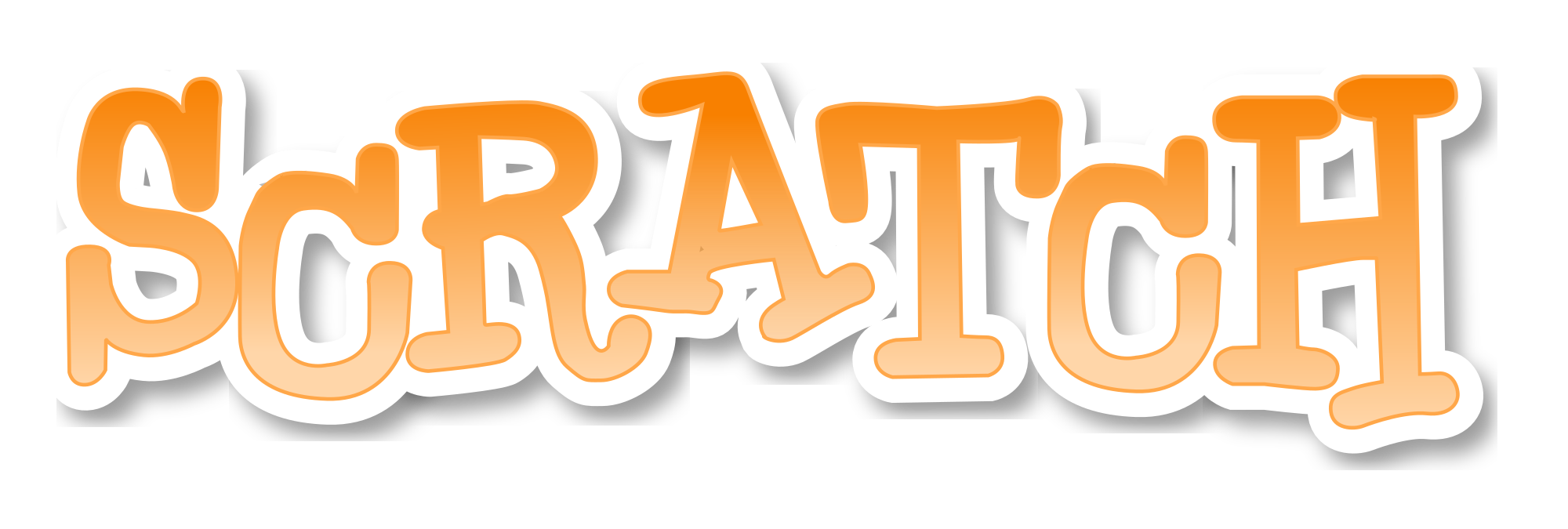Originally posted on my language blog, Nihon on the Go.
Tag: multimedia
EdPuzzle Lesson
An assignment I did for my last class. I didn’t get to embed it last time. It’s a mix of NearPod and EdPuzzle. It probably would have been better not to record it, though. 😦
https://edpuzzle.com/embed/assignments/580c727c7d3fee093f89848b/watch
Vlog #8
Creating Your Own Games
Sploder 
Usability: Sploder is a free online game creation program that allows you to create different styles of game, such as retro games, platformers, and 3D games. Without much guidance, it’s easy to dive right in and start making a game. Worlds of varying terrains, lengths, and sizes can easily be created (the sky and your imagination is the limit), and the interface boasts quite a lot of features for a free service, like quest items, coins, backgrounds, music, etc.
Motivation: It’s completely free and games can be shared. Games can be divided into levels, which can in turn be divided into stages. This is great for expounding upon bigger lessons. No scripting required; everything does what it does without you having to try and figure it out. Great for gamifying lessons, making quest-based activities or having students do presentations or tell stories.
Pros: It’s free! No scripting, only a basic knowledge of how link logic works (link logic is very simple to use and works as a drag and drop allowing you to connect items or text and create simple or complex reactions based on your connections). This can be found in tutorials for Sploder and on the Sploder forums. Also has an app for creating retro games on iOS.
Cons: Not really required and not much of a con, but it’s handy to have some basic understanding of Sploder’s link logic tool if you want to create complex reactions. For example, defeating two enemies makes a barrier disappear, or hitting three switches makes a treasure chest appear. It’s not complicated, but it will take some experimenting.
Scratch

Usability: Scratch is a browser-based software that focuses on coding that allows you to create games, stories, and presentations. Scratch doesn’t require any background in coding or scripting, and gives you plenty of tutorials for using it. It has a bright and fun interface, and the lines of code are presented as colorful blocks you can snap together.
Motivation: Teachers can easily create interactive lessons and presentations on Scratch. Students and teachers utilize critical thinking skills and exercise creativity and knowledge in math and logic. Scratch also teaches digital citizenship as it is community where projects can not only be shared but also added to. For example, a user may create a project to be used as a base for another project. Other users can use that base in their own projects.
Pros: Community-oriented. Free and simple, with no prior knowledge of coding or scripting required. Great for students and teachers.
Cons: Takes some experimenting to get the right actions you want. No way to set your games to private, if you didn’t want to share it with a community. This can present privacy concerns for younger students. No way to really embed a game into a site without using an outside program.
Overarching Reality: Using Augmented Reality